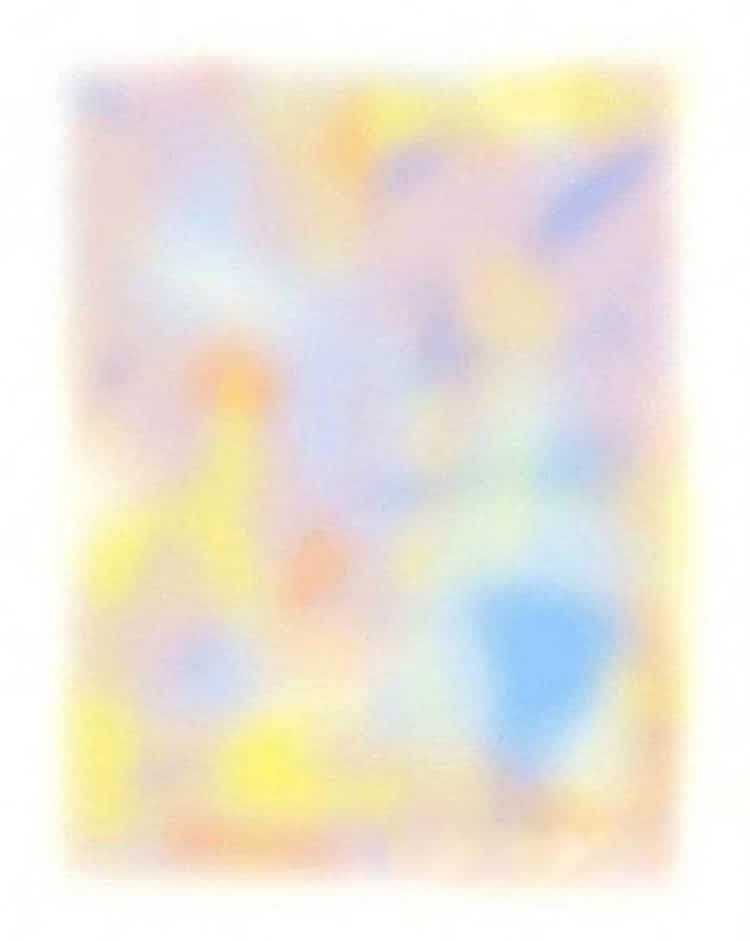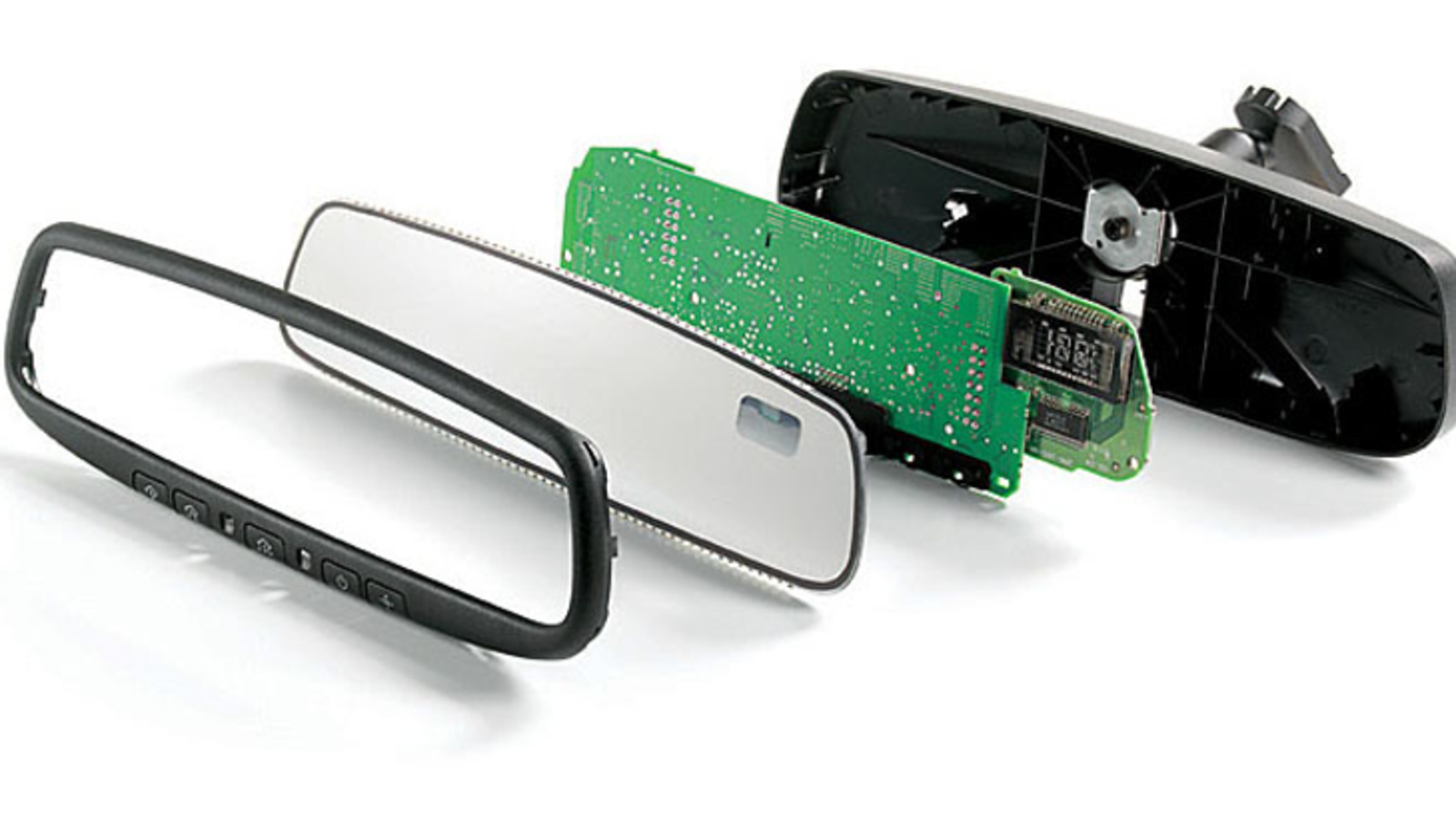Do you know about the troxler effect, and the monsters in your mirror

The brain will zoom in on a desired area, and the rest of the space will fade away. This is called the Troxler Effect, or Troxler Fading. It was discovered way back in 1804 by Ignaz Troxler, a physician and philosopher. Take a look at the circle to the right (or, click the image to go to the full size version).
Demonic mirrors & the Troxler effect What the microscope saw

Troxler's fading, also called Troxler fading or the Troxler effect, is an optical illusion affecting visual perception. When one fixates on a particular point for even a short period of time, an unchanging stimulus away from the fixation point will fade away and disappear.
Demonic mirrors & the Troxler effect What the microscope saw

Gentex, a major manufacturer of auto-dimming mirrors, calls this the "Troxler Effect," and describes its dangers, saying: This phenomenon, known as the Troxler Effect, postpones driver reaction.
3 tricks that put your brain to the test

The Troxler Effect affects mirrors by creating an illusion of a strange face in the mirror. When you stare at a mirror, preferably in dim light, for a very long time you begin to see illusions of strange faces or distorted faces that look nowhere similar to yours.
Do you know about the troxler effect, and the monsters in your mirror

Troxler fading refers to the apparent disappearance of a visual stimulus that remains stationary on the retina. An internet search of the terms Troxler fading or Troxler's effect will provide the reader with many examples of this intriguing phenomenon.
The Troxler Effect Light Force Network

Science explains that this phenomenon is a complex effect in the brain that tries to compensate for illusions. In compensating, the brain brings up images from those previously stored in it. These images may include monster images from movies, memories of dead loved ones, and so on.
An Optical Illusion Called the Troxler Effect Makes Entire Images Disappear

However, when discussing the Troxler Effect, visual encounters such as the Bloody Mary experience are considerably more frightening. When fourth-grade me looked into the mirror, I was staring.
My Dad's Name is Harold Self Portraits Challenge The Troxler Effect

The Troxler Effect wanders over the entire face, distorting it massively. The person then often instinctively turns those distortions into things that they can actually recognize, even if it scares them. This is how mirror monsters, like Bloody Mary, develop. The brain gets tired of processing the mundane and, accidentally, cooks up a monster.
History Obsessed The Devil Face Game

First described in 1804 by the philosopher and physician Paul Vital Troxler, the Troxler effect is a great example of how our brain picks and chooses what information is important, and also how our brain influences our perception. Below is a classic example of the Troxler effect, known as the Lilac Chaser.
TIL of the Troxler Effect, which is the phenomenon that explains why we

Studies conducted to reveal glare effects on the reaction times of drivers affected by it have shown that the Troxler effect increases critical response time by up to 1.4 seconds.
Demonic mirrors & the Troxler effect What the microscope saw

The Troxler Effect affects mirrors by creating an illusion of a strange face in the mirror. When you stare at a mirror, preferably in dim light, for a very long time you begin to see.
The Troxler Effect Proves That Our Brains Are Strange Machines Indie88

It might sound like a bunch of superstitious hooey, but scientific research now says that seeing altered images in a mirror is a real thing, most likely due in part to a type of optical illusion called "peripheral fading" or the Troxler Effect. The discovery that mirror-gazing leads people to see things comes from Giovanni Caputo at the.
An Optical Illusion Called the Troxler Effect Makes Entire Images Disappear

A first hypothesis is that strange-face illusions are perceptual and involve the Troxler effect . This effect can explain merging of facial features into a uniform silouette of the facial contour; however, perception of entirely new faces remains unexplained. A second hypothesis is that prolonged adaptation to mirrored face disrupts multi.
Demonic mirrors & the Troxler effect What the microscope saw

The perceptual vanishing of objects and scenes during prolonged gazing, known as Troxler fading, could be part of the explanation. When we stare at an unchanging face for a long time (our own face.
The Troxler Effect & Mirror Scrying

This phenomenon is termed the Troxler Effect, discovered long ago in 1804 by a physician and philosopher named Ignaz Troxler. It is this effect that underlies many of the optical illusions.
The Way AutoDimming Rearview Mirrors Work Is Actually Fascinating

The Troxler effect, or Troxler's fading phenomenon, is a psychological optical illusion that affects visual perception. By making direct eye contact with someone, you become temporarily.